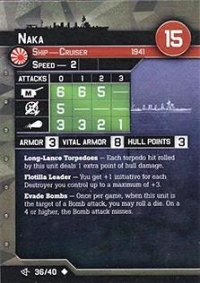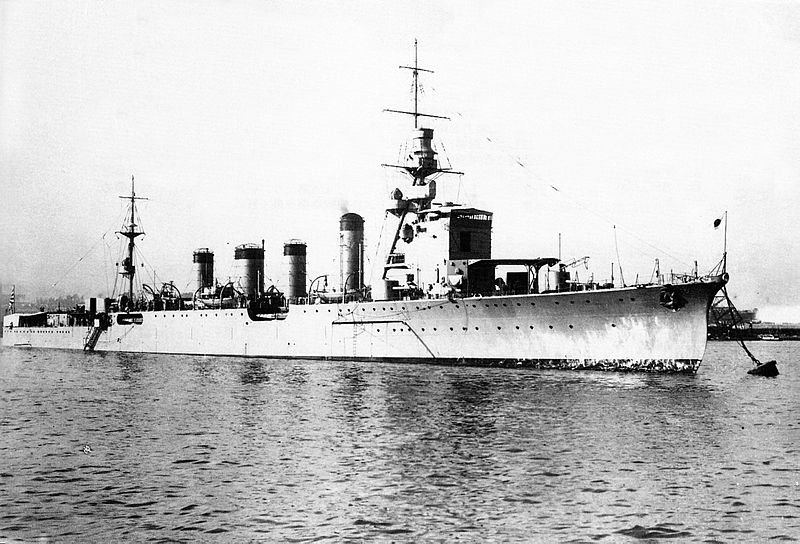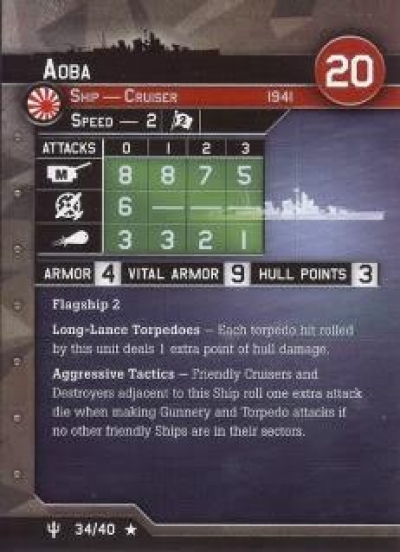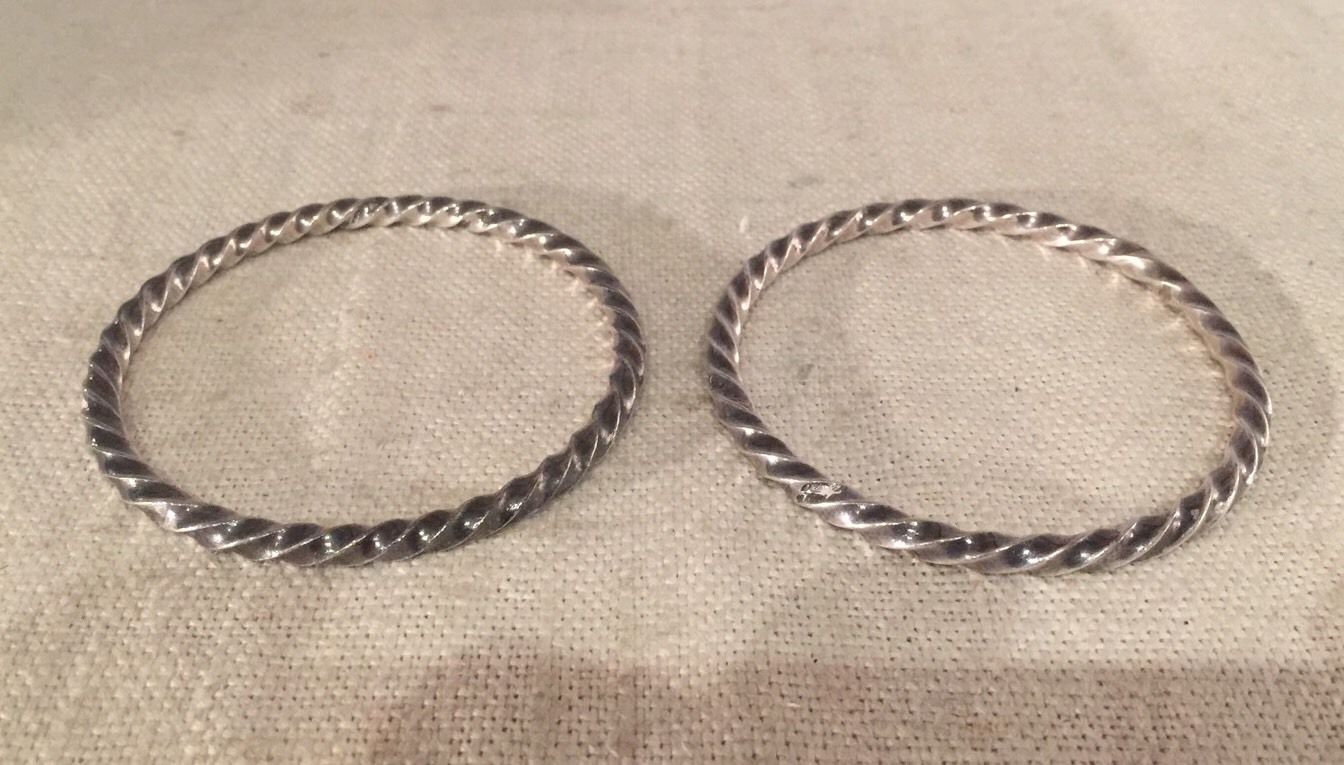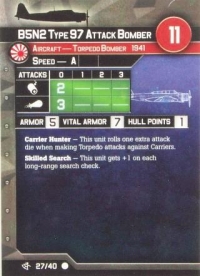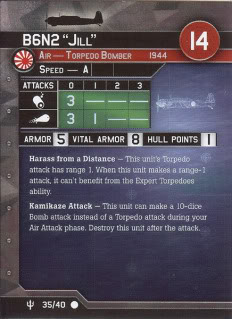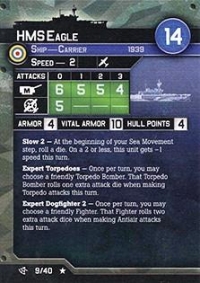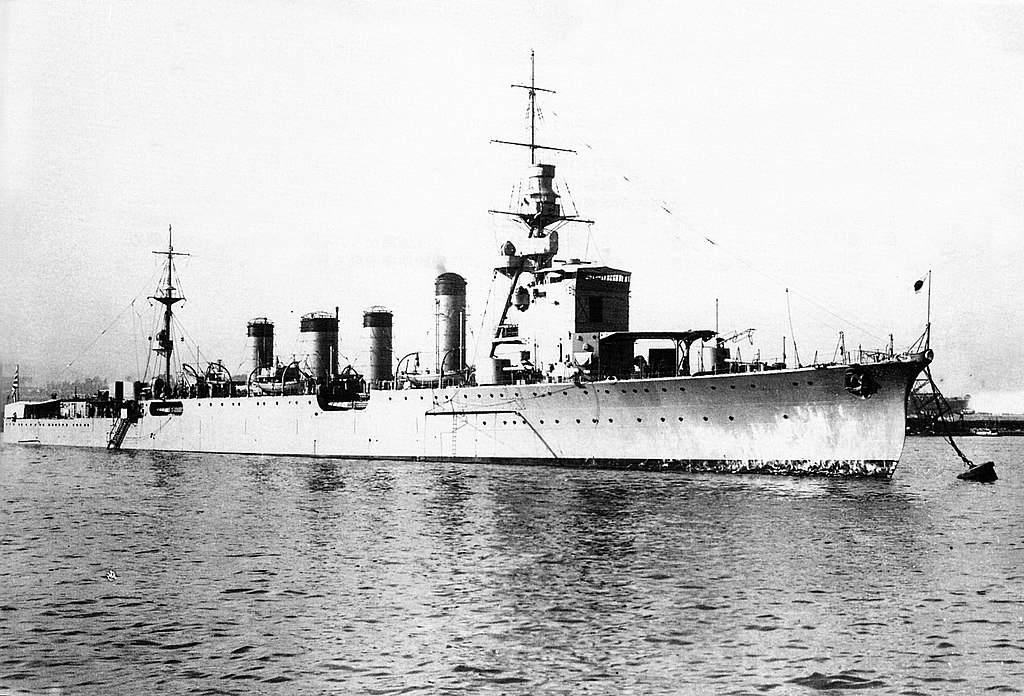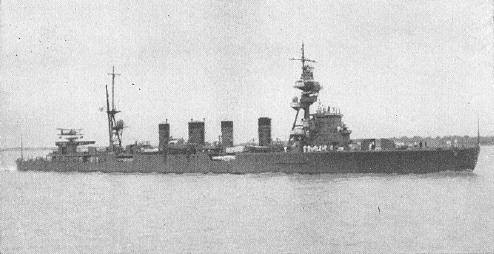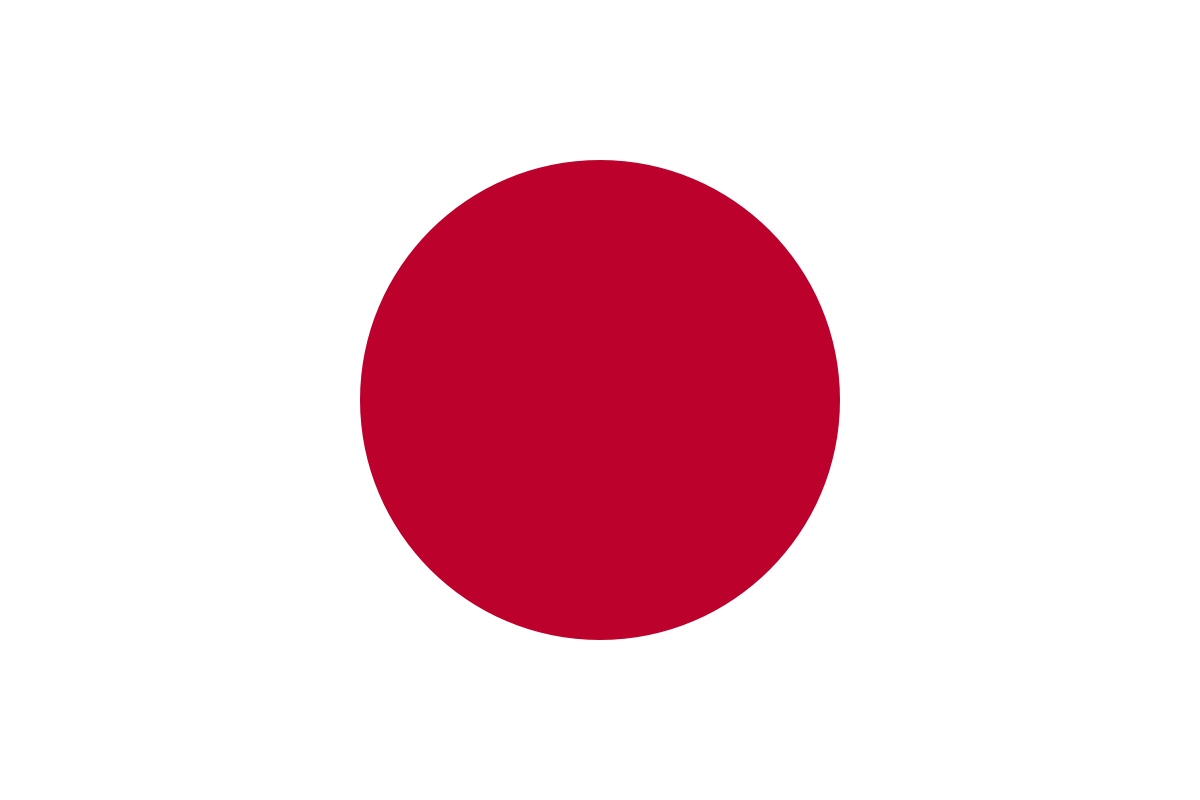Prototype: Naka (那珂) was a Sendai-class light cruiser in the Imperial Japanese Navy (IJN), named after the Naka River in the Tochigi and Ibaraki prefectures of eastern Japan. Naka was the third (and final) vessel completed in the Sendai class of light cruisers, and like other vessels of her class, she was intended for use as the flagship of a destroyer flotilla.
Class History: The Sendai-class cruisers were a group of warships operated by the Imperial Japanese Navy. The vessels in the class were named after rivers according to the navy’s light cruiser naming rule. They participated in numerous actions during the Pacific War and were mainly used as destroyer flotilla leaders.
The Sendai-class light cruisers were a development of the preceding Nagara class. Their boilers were better located, and they had four funnels instead of three. Each ship was designed with a flying-off platform and hangar, but did not actually carry aircraft until a catapult system was installed in 1929.
Three Sendai-class light cruisers were constructed in Japan during the 1920s; four were laid down, but the last — Kako — was scrapped on the slipway in accordance with the regulations of the 1922 Washington Naval Treaty. The other three were sunk during World War II.
The Sendai-class light cruisers were a development of the preceding Nagara class. Their boilers were better located, and they had four funnels instead of three. Each ship was designed with a flying-off platform and hangar, but did not actually carry aircraft until a catapult system was installed in 1929.
Three Sendai-class light cruisers were constructed in Japan during the 1920s; four were laid down, but the last — Kako — was scrapped on the slipway in accordance with the regulations of the 1922 Washington Naval Treaty. The other three were sunk during World War II.
Country: Japan is an island nation in the Pacific Ocean with dense cities, imperial palaces, mountainous national parks and thousands of shrines and temples. Shinkansen bullet trains connect the main islands of Kyushu (with Okinawa's subtropical beaches), Honshu (home to Tokyo and Hiroshima’s atomic-bomb memorial) and Hokkaido (famous for skiing). Tokyo, the capital, is known for skyscrapers, shopping and pop culture.
Although legend has it that Japan was founded in 660BC, archaeologists agree that settlement in the Japanese archpelago dates back as far as 100,000 years. The Jomon Period (8000-c.300BC) is the earliest that has been studied. It is named after the 'jomon' or cord-marked pattern style of pottery of the period.
Although legend has it that Japan was founded in 660BC, archaeologists agree that settlement in the Japanese archpelago dates back as far as 100,000 years. The Jomon Period (8000-c.300BC) is the earliest that has been studied. It is named after the 'jomon' or cord-marked pattern style of pottery of the period.
Item created by: Lethe on 2015-05-31 17:46:30
Last edited by: gdm on 2020-02-15 22:54:36
If you see errors or missing data in this entry, please feel free to log in and edit it. Anyone with a Gmail account can log in instantly.
Last edited by: gdm on 2020-02-15 22:54:36
If you see errors or missing data in this entry, please feel free to log in and edit it. Anyone with a Gmail account can log in instantly.


